STEM CRU Faculty Mentors
Serving as a STEM CRU intern can help students in many ways. It can help students decide on career plans and provide hands-on experience on campus to bridge a career into the STEM industry. While performing research and preparing posters to present their data, students will improve critical thinking and problem-solving skills and develop a better understanding of research practices in STEM. The following professors are the current STEM CRU faculty who have hired our students, but this list can change, depending on the needs of the faculty.
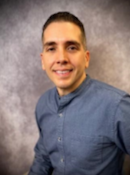
Research in the lab of Dr. Elvin Alemán (Chemistry) involves looking at the Photophysical, Electrochemical, and Spectro-electrochemical Characterization and Solvent Effect on the Tautomerism of Free-Base Corrole. The research team investigates the photophysical and electrochemical properties of corrole molecules and how solvent molecules can influence the ability of this molecule to capture light and mimic photosynthesis. A detailed understanding of these properties is important in order to use porphyrins and corroles in molecular, electronic and photonic devices. Dr. Alemán’s research team is also starting a new project in the extraction and characterization of natural pigments in flowers. The color that you see in plants and flowers is the result of the interaction of light with several chemical compounds called pigments. Anthocyanins are responsible pigments for the blue, violet and maroon colors of many flowers. Anthocyanin-rich vegetables and flowers have been consumed for prevention of diseases and because they are strong antioxidants. They will use chromatographic techniques to separate the pigments found in the petals of black tall, bearded iris flowers. Raman spectroscopy will help to identify and quantify the high content of anthocyanin compounds in black flowers, which are potential pharmaceutical ingredients to prevent different diseases. Dr. Alemán would prefer to mentor students that at least are currently taking General Chemistry II.
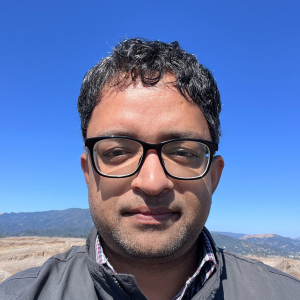
Our research explores the diverse potential of algae. We investigate the unique siphonous body plan of certain algae, like Caulerpa and Vaucheria. These organisms form large, multinucleated single cells, a stark contrast to typical multicellular structures. Using "omics" and imaging techniques, we aim to unravel the molecular mechanisms driving this unusual development, with implications for both fundamental biology and applied biotechnology. A second focus is harnessing the power of algae for sustainability. We study native Californian algae in the Central Valley, exploring their potential for animal feed, organic fertilizers, and advanced energy storage. Our work emphasizes utilizing algal biomass for sustainable energy solutions and identifying valuable species for applications in food security, agriculture, biodegradable materials, and nutraceuticals. Finally, we examine the critical role of algae in space exploration. Microalgae offer a promising solution for long-duration space missions, providing oxygen, removing carbon dioxide, and serving as a renewable food source. We investigate how algae adapt to the challenges of microgravity and radiation, aiming to optimize their use in bioregenerative life support systems for future space exploration.
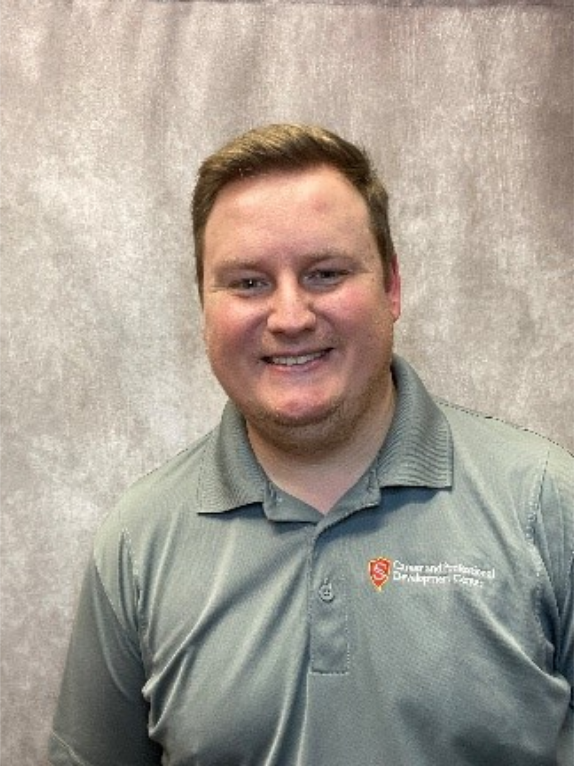
Cash's research applies tools from theoretical mathematics to solve problems in biology, physics, chemistry, and social modeling. He works with students from various majors on projects that range from theoretical and proofs-based, to applied and code-heavy. One of his research groups is studying linear compartmental models, which are used to understand complex biological systems. They are investigating whether key parameter values from within the system can be recovered using only limited measurements. Cash's other research team, in collaboration with Moses Lake Industries, applies machine learning to improve quality control in chemical manufacturing. Cash welcomes students from various backgrounds and majors who are excited to see how mathematical ideas can be applied to real world problems!
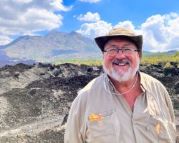
Dr. Ferriz and his students are using measurements of atmospheric optical depth using the instruments of AERONET (a physical net of sun spectrophotometers operated by NASA), to characterize the typical particulate patterns on transects along and across the San Joaquin Valley. The target is for the students to become familiar with downloading the data and apply simple techniques of numerical and graphical analysis using Excel, to prepare a poster presentation for the American Geophysical Union. On a separate project, the Stanislaus State research students will join Stanford and UC Berkeley students in collecting geophysical data to evaluate the conditions of aquifers in the San Joaquin Valley.
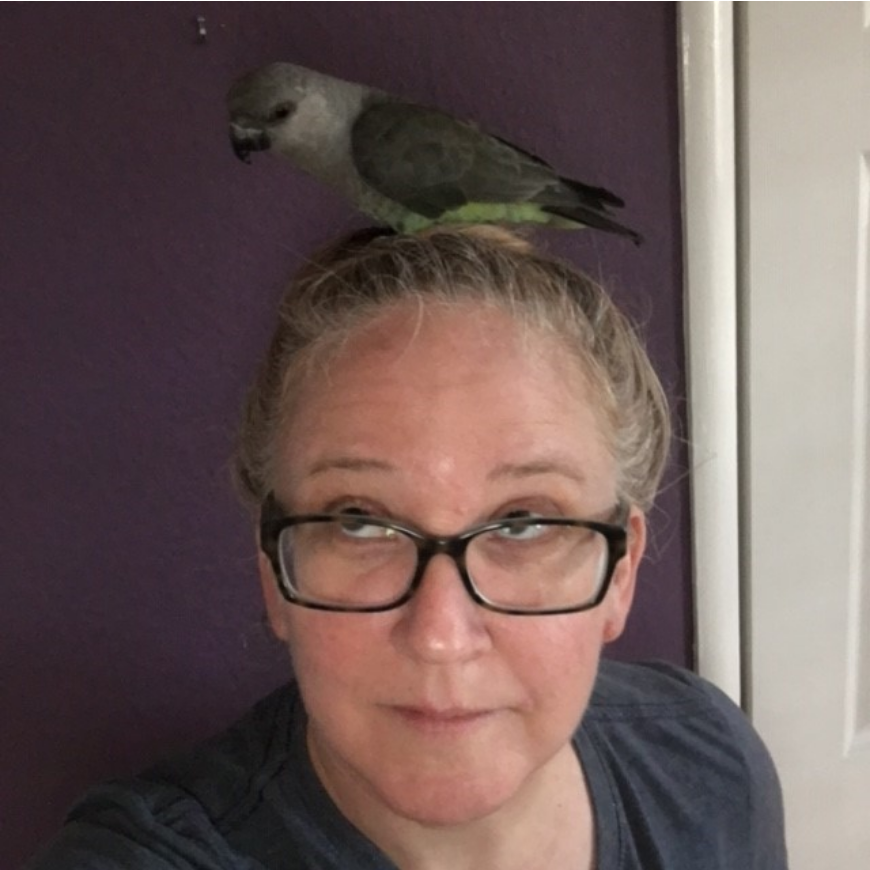
Dr. Gerson's interests are centered in ecology and behavior, and especially in the study of reptiles and amphibians. She is particularly interested in arid and in tropical environments. She is interested in working with students who are pursing careers relating to wildlife and the environment and who enjoy field work, working with animals, and doing independent work as part of a team.
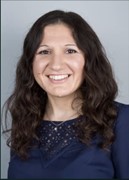
Olivera Grujic is an assistant professor at Cal State University, Stanislaus. She received a Ph.D. in Computer Science from the University of California, Los Angeles (UCLA), focusing her research on big data analysis and machine learning algorithms for interpreting and categorizing genomics data. She taught core and advanced computer sciences courses at undergraduate and graduate levels at the University of Southern California (USC) and held several positions in the tech industry. At Stan State, she is teaching data structures, computer architecture, software engineering, and cybersecurity. Her research focuses on AI for Social Good. Currently, she is mentoring students who are using machine learning techniques to identify factors that would help high schoolers quit smoking.
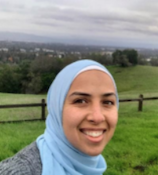
Dr. Hatem’s research lab works on understanding and making use of data, specifically, graph data. Currently, students are working in two main research directions: data modeling using neural networks and graph data analysis. For the data modeling direction, students are working on developing and improving a neural network-based tool to differentiate between the different types of berries. This research includes developing a website and a mobile app to easily access the tool and use it. For the graph data analysis direction, students are working on understanding the effect of social networks on the relationship between people and the relationship between courses in improving students’ learning skills.
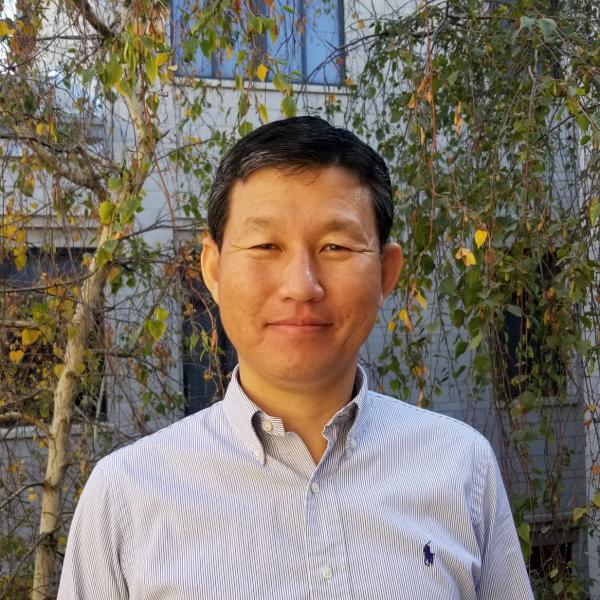
Dr. Kim's research interests include Big data analysis and processing, Computer networking and Cyber Security, Cloud Computing, Internet of Things (including smart cities and smart farms), and Mobile/Web/Web Service application development. The projects under Dr. Kim involve extensive design, deployment, and development of practical solutions for the topics. One of the ongoing projects is medical Big data analysis to find correlation between disease (8,000) and genome data (of 22 chromosomes) of 20,000 patients. The other ongoing project is Smart Farm based on Internet of Things that develops holistic solutions using sensor devices, data transfer to Cloud through network, analysis and pattern recognition using machine learning in Cloud, data visualization through Web and Mobile Applications, and signal system to end users. Dr. Kim is willing to serve as a research mentor to computer science majors and minors. For more information of Dr. Kim's research and development, please check at the following link: Daehee Kim, Ph.D.

The research lab of Dr. Kyu Han Koh in Computer Science focuses on STEM education with technology, specifically on improving the quality of student learning from two complementary perspectives. One perspective involves measuring a student’s learning performance and providing feedback to students and teachers. The other perspective focuses on enhancing students’ learning experience and their measured learning performance through cognitivism, constructivism, and connectivism. Dr. Koh has compiled extensive research records on educational data analytics: knowledge transfer between game and simulation design, creativity analysis, skill progression and learning performance in programming. Dr. Koh’s research group is enthusiastic about outreach, as well as research, and works diligently to share its work with the public as well as with the STEM education community. Dr. Koh is willing to serve as a research mentor to students from all STEM disciplines. For more information about Dr. Kyu Han Koh, please check at the following link: Dr. Kyu Han Koh.
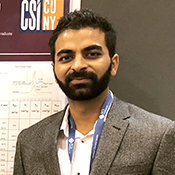
Dr. Manchanda's research is in the field of nanoporous materials. His research group is working to develop heterogeneous catalysts for various acid and base-catalyzed reactions. Some other research projects in his lab include developing the nanoporous materials for carbon dioxide sequestration and targeted drug delivery. Dr. Manchanda is willing to serve as a research mentor to students from all STEM disciplines.
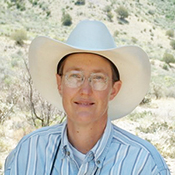
Melanie Martin, Ph.D - on Leave FA25
Her research team will explore which chemical components of wine contribute to or detract from wine quality. Further exploratory data analysis with Excel and visualization can lead to conclusions of what chemical components might contribute to particular flavors (e.g. stone fruit, berries, etc.) in the wine. Students will learn how to clean and prepare data for analysis. Students will also learn the basics of literature searches. We have discussions on the limitations of correlations and how to use the correlations to select attributes for machine learning. Dr. Martin mentors mostly computer science or math students, who are skilled in database management and analysis.
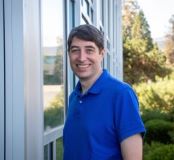
Dr. Morsony (Physics) works on astronomy and astrophysics, focused mostly on explosions in space. His research involves cosmic explosions - supernovae, neutron star mergers, and, in particular, Gamma-Ray Bursts (GRBs). GRBs are created by relativistic jets - streams of material moving at almost the speed of light that produce incredibly bright flashes of high-energy light that can be seen all the way across the Universe. They are powered by new-born neutron stars or black holes, and produce the most powerful explosions since the big bang. Dr. Morsony works on comparing observations of these events to computational models, to learn more about the properties of the jets that create them, how they originate, and how common they are.
Currently, Dr. Morsony is working with the Rubin Observatory, a new telescope under construction in Chile, that will carry out repeated surveys of a large area of sky. Dr. Morsony will help identify GRBs and other jet-driven explosions, which will make up a fraction of the 100's of thousands of transient events Rubin will see each year. There are opportunities for students to work in simulation and modeling of GRBs, machine learning and classification of transients, and comparing observations to models.
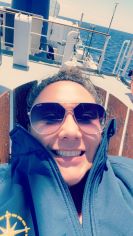
Dr. Pirlo’s research interests include paleoecological reconstructions of extinct fossil communities, broadening accessibility of natural history collections, museum studies, and science identity formation through experiential learning. The projects under Dr. Pirlo involve learning about and managing museum collections, specifically the teaching collections in the Biology Department to increase the understanding of morphology and individual variation in vertebrates. Students are directly involved in identifying, cataloging, and digitizing the collections. From this work, students are encouraged to develop independent research projects that utilize collections, to understand better how biodiversity has changed in the Central Valley over the last 60 years. Students in Dr. Pirlo’s lab are encouraged to broaden the accessibility of the collections to the Stan community by creating museum displays that showcase specimens from the collection. Dr. Pirlo is interested in serving as a research mentor to both undergraduate and graduate students interested in paleontology and natural history collections. Please contact Dr. Pirlo if you are interested in joining the lab.
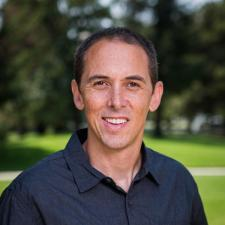
My research students are currently working on several projects. The first involves the development of a DART mass spectrometric method for the rapid detection of melamine in dairy products. The second project focuses on the rapid detection of bacteria via DART mass spectrometry and proteomics database searching. The third project aims to characterize the alpha acid composition in craft beers via HPLC, which enables craft breweries to make informed decisions regarding their hop additions. I accept undergraduate research students that are typically chemistry or biology majors with an interest in bio-analytical chemistry.
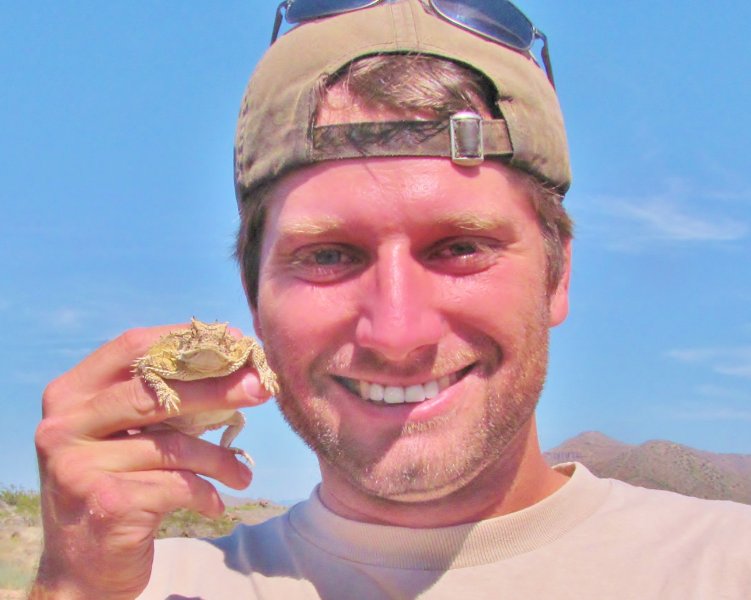
Jeffrey Scales, Ph.D - ON Sabbatical FA25
The research lab of Dr. Scales explores the evolution of morphological diversity and form-function relationships in animals. We are especially interested in how variation in shape and/or physiology translates into differences in organismal performance (ex. differences in running or jumping capabilities), and what environmental needs or selective pressures underlie this variation. Dr. Scales' research team investigates form-function relationships in a variety of organisms ranging from damselflies to salamanders and lizards. Dr. Scales is willing to serve as a research mentor to students from all STEM disciplines.
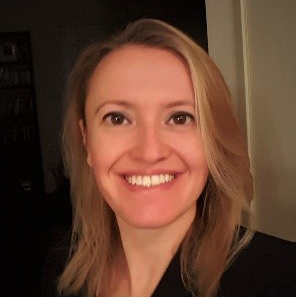
Gönül Schara, Ph.D - ON Sabbatical FA25
Dr. Gönül Schara’s research interests include protein engineering of enzymes with improved properties for biotechnology, bioprocessing, and green chemistry applications. “Why does her research team have a passion for enzymes? Enzymes are remarkable natural molecules! For example, they make it possible to clean up harmful chemicals while, at the same time, producing valuable compounds using environmentally friendly methods rather than expensive, traditional chemical processes.” Dr. Schara (Chemistry) is willing to serve as a mentor to motivated students who are interested in enzyme research.
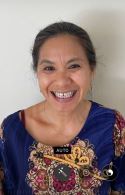
My group is focusing on Organic Synthesis and we are synthesizing natural products that show antimicrobial activities and also investigating synthetic methodologies that provide enantiomeric excess of chiral compounds. Students will learn skill sets in setting up, monitoring, and analyzing chemical reactions both qualitatively and quantitatively. Students will gain experience using instruments, such as rotavapor, IR, NMR, etc. The ideal candidates for my research are motivated individuals aiming to learn chemistry and improve their laboratory skills.
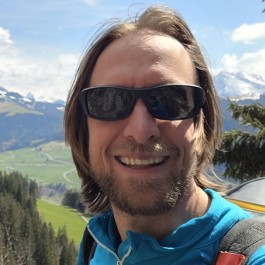
Dr. Veatch (Physics) works on particle physics with the ATLAS Collaboration at CERN. His research group is focused on searches for new physics related to the Higgs boson. This includes analysis of experimental data to search for evidence of new signals as well as developing/using theoretical frameworks to guide experimental work. He also has an interest in particle physics outreach and education with several related projects available. Dr. Veatch mentors mostly physics and computer science students who are skilled in programming (typically C++ or Python) and who have a strong interest in cutting-edge investigations of the building blocks of the universe. Students from all STEM fields are encouraged to inquire about possible projects.
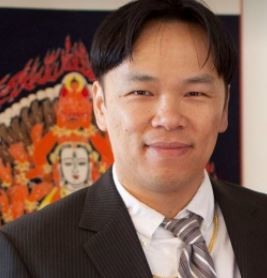
Due to climate change, weather patterns have become more extreme. In California, the dry summer has become drier and hotter, which exponentially increases the likelihood of large wildfires in California. The goals of our group are to produce better models and predictions for not only the wildfires on the ground but also the atmospheric effects of large wildfires.
Current projects are:
- Using Artificial Intelligence and Machine Learning to produce maps of wildfire fuels on the ground more quickly with better temporal and spatial resolution.
- Using the more detailed fuel map, we use WRF-SFIRE to model recent wildfires in California to understand the mechanism that causes them to grow and create events such as Pyrocumulus clouds.
- The ultimate goal is to gain enough understanding to predict with high confidence how future wildfires will be sparked, grow, and affect the health and safety of everyone in California and surrounding states.
The Atmospheric and Wildfire research is open to all STEM majors with interests in atmospheric and environmental sciences.
Dr. To has also been part of the Compact Muon Solenoid (CMS) experiment at the Large Hadron Collider (LHC) to search for new physics at the highest-energy particle accelerator in the world. He also worked on the Large Underground Xenon (LUX) and the LUX/ZEPLIN (LZ) experiment to search the cosmos for the elusive direct detection of dark matter. Currently, he is working in collaboration with Lawrence Berkeley National Lab on the Eos experiment. Eos is a hybrid neutrino detector that can simultaneously detect Cherenkov Light (Chertons) and Scintillation Light (Scintons) from the same neutrino interaction. This will allow for an increase in the directional, spatial, and energy resolution of neutrino detectors while suppressing background at the same time. This technology is proposed to be used in large-scale neutrino detectors such as Theia for future neutrino physics measurements. The particle physics research is open to Physics majors with interests in particle and high-energy physics.
Updated: August 04, 2025